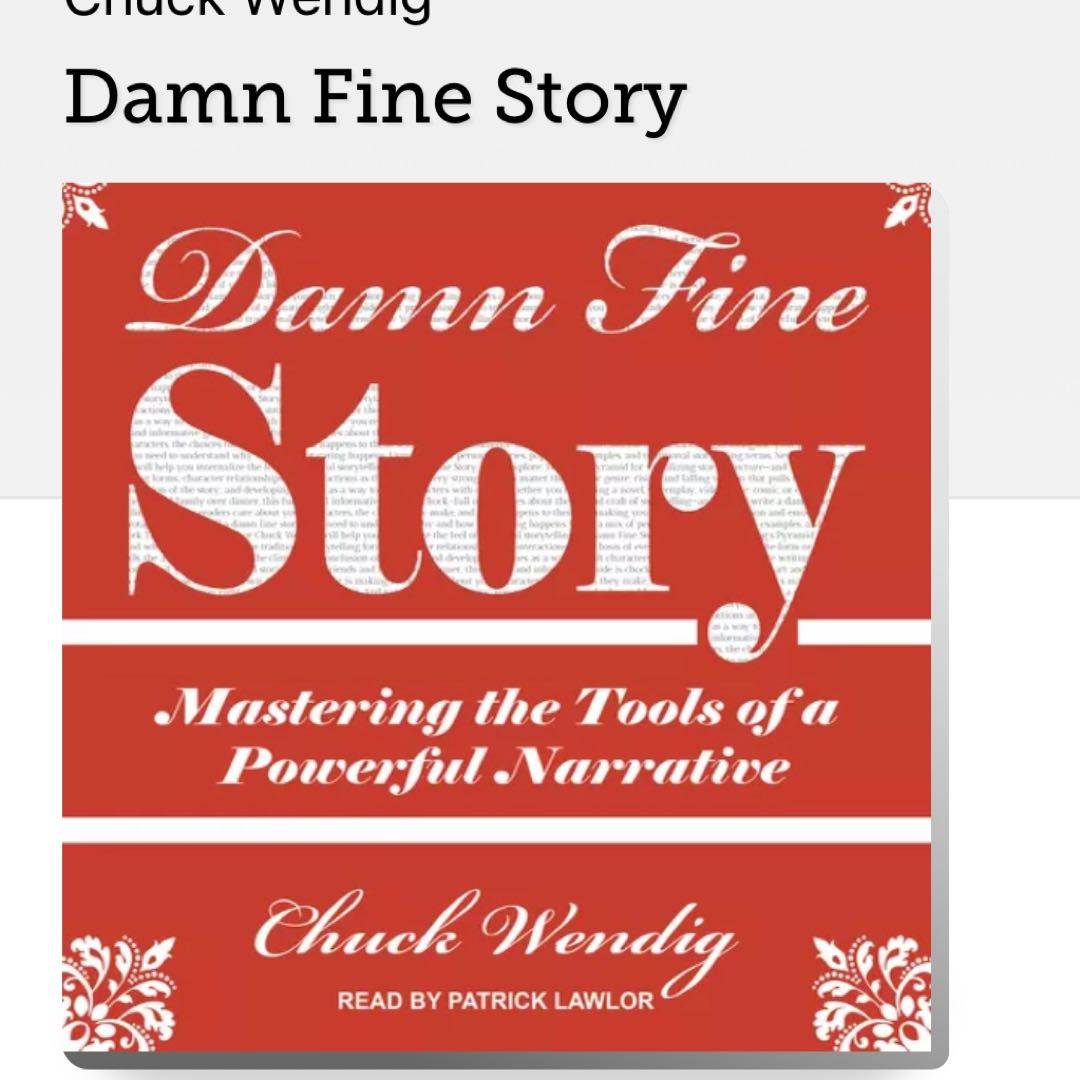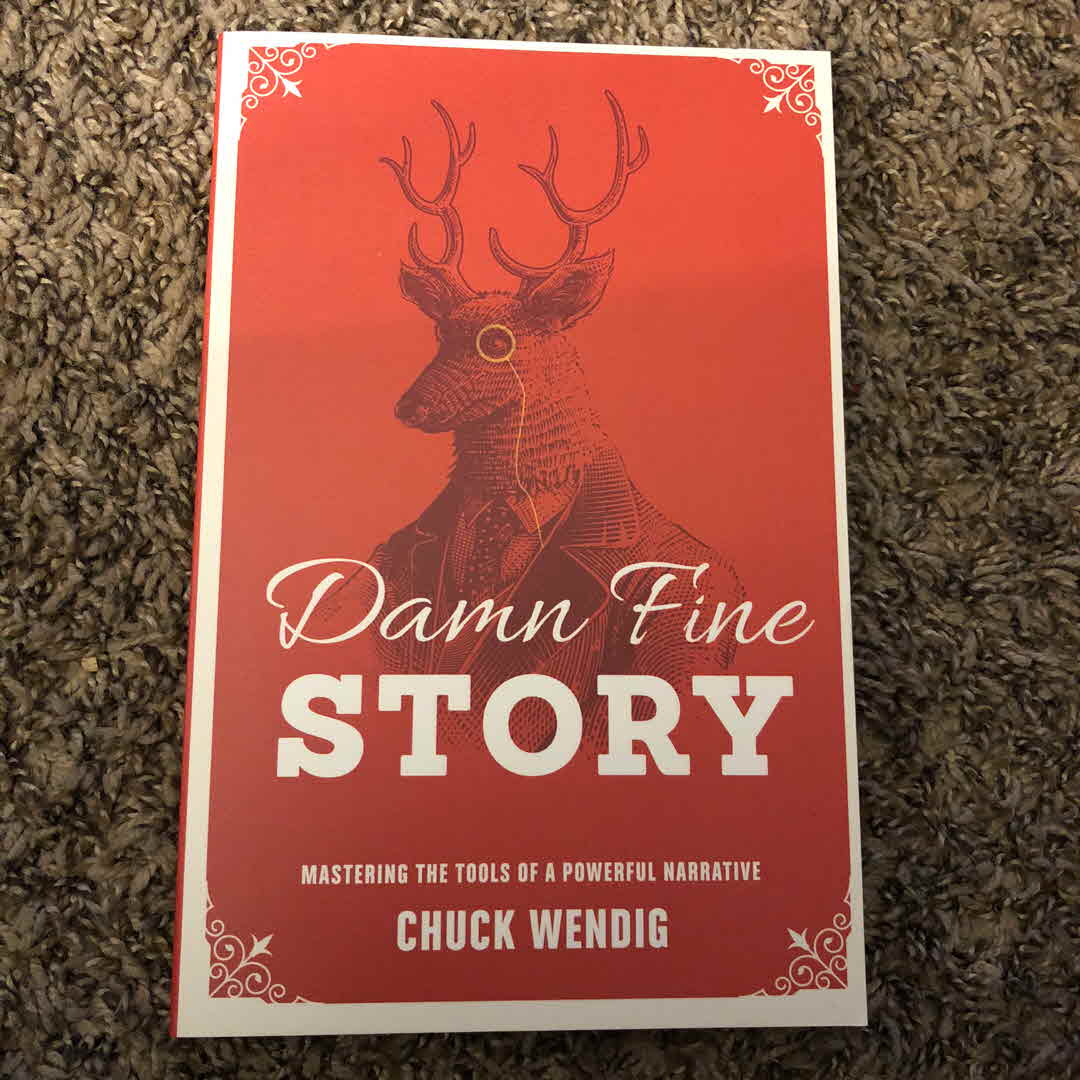
Hilarious and helpful, Chuck Wendig does what he does best: tells a hell of a story. The book is full of tips, tricks, and examples of how to improve your own narratives.

Hilarious and helpful, Chuck Wendig does what he does best: tells a hell of a story. The book is full of tips, tricks, and examples of how to improve your own narratives.
Who we are is what matters most. We are a bundle of thoughts and feelings born of both nature and nurture. We are a complex tangle of inaccuracies, inconsistencies and ideas. We are bloated with certainties and haunted by uncertainties. We each have genetic code, but in a sense we have a memetic code too: an uncharted map, an emotional genome, that informs us and completes us even as we feel woefully incomplete. That‘s what goes into your story.

Excited to read this bit by bit while I work through a round of edits on my novel. Chuck Wendig‘s blog has always been a go-to for me and I have a feeling that this book kicks all sorts of ass. #amwriting #amediting
“Writing is a vital, elegant mechanism—but it is not the reason we do what we do, or at least not most of us. Writing isn‘t just for the pretty words, or for the well-constructed sentences, or for the way the poetry of it looks in our mind‘s eye and sounds in our mind‘s ear. Writing is a means to an end.”

Finally got my hands on this and am psyched to dig in!

“Between the character‘s problem and the character‘s solution to that problem lies the story. That is the character‘s quest. Implicit in the quest is a story....When storytellers have an exterior framework into which they then plug the characters, the characters operate as secondary, as afterthoughts. And the audience has no one to ground them in the story.
Characters are everything.
Characters drive the narrative.”
